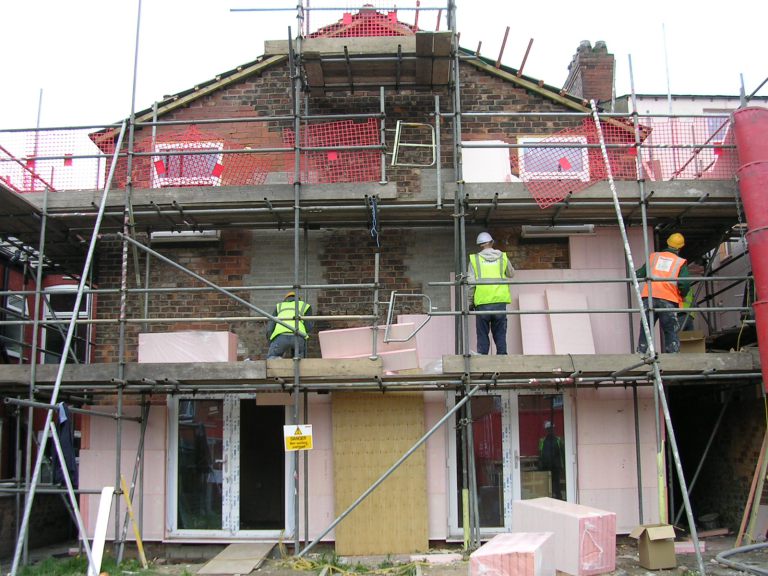Vicarious performance

|
'Vicarious performance' refers to the carrying out of contractual obligations by a person who is not party to a contract, usually by sub-contract or assignment. So, for example, performance by a sub-contractor constitutes vicarious performance on behalf of the main contractor, who remains fully responsible for the work, except where the main contract provides otherwise.
Whether the contractor is allowed to delegate vicarious performance of either all or some of their obligations to a third party will depend on the terms of the contract.
Vicarious performance of the work and whether it is permitted is usually decided based upon whether it either:
- Does not matter who does the work.
- Or, the contract expressly prohibits it.
Where the work is of a non-specialist nature, the right of the contractor to employ a sub-contractor is normally implied.
British Waggon Co. & Parkgate Waggon Co. v. Lea (1880), is often viewed internationally as being the authoritative case. The original contractor (Parkgate) contracted to keep railway carriages in repair for Lea & Co. over a number of years. The original contract did not call for the repairs being necessarily effected by the Parkgate company itself, but could be undertaken by any company capable of completing the works to a similar standard. The Parkgate Company had arranged with the British Waggon company that the latter should execute the repairs. Therefore, on liquidation of Parkgate, the benefit and burden of the contract was assigned to British Waggon. Lea could not refuse performance despite the assignment.
Cockburn CJ stated: 'All that the hirers, the defendants, cared for in this stipulation was the wagons should be kept in repair; it was indifferent to them by whom the repairs should be done. Thus if, without going into liquidation, or assigning these contracts, the company entered into a contract with a competent party to do the repairs, and so procured them to be done, we cannot think that this would have been a departure from the terms of the contract to keep the wagons in repair.'
The ruling on this case was based on the fact that Parkgate was originally bound by the contract to undertake the repairs, thereby producing a result (not necessarily by its own efforts) but, if it wanted to, by vicarious performance through a sub-contractor or otherwise. By getting the repairs satisfactorily completed by a third party, Parkgate had discharged its obligations of repair under the contract.
NB: The British Waggon ruling may not apply where the contractor has been chosen for their specialist skills, reputation and ability to perform complex operations efficiently.
The contractor's liability for the defaults of the sub-contractor may arise in either tort or in contract.
[edit] Related articles on Designing Buildings Wiki
- Assignment.
- Back-to-back provisions in construction contracts.
- Common law.
- Construction contracts.
- Contractor.
- Contractor vs supplier.
- Domestic sub-contractor.
- Named specialist work.
- Named sub-contractor.
- Nominated sub-contractor.
- Sub-contractor.
[edit] External references
- 'Construction Contract Law: The Essentials', ADRIAANSE, A., Palgrave MacMillan (2005)
Featured articles and news
One of the most impressive Victorian architects. Book review.
RTPI leader to become new CIOB Chief Executive Officer
Dr Victoria Hills MRTPI, FICE to take over after Caroline Gumble’s departure.
Social and affordable housing, a long term plan for delivery
The “Delivering a Decade of Renewal for Social and Affordable Housing” strategy sets out future path.
A change to adoptive architecture
Effects of global weather warming on architectural detailing, material choice and human interaction.
The proposed publicly owned and backed subsidiary of Homes England, to facilitate new homes.
How big is the problem and what can we do to mitigate the effects?
Overheating guidance and tools for building designers
A number of cool guides to help with the heat.
The UK's Modern Industrial Strategy: A 10 year plan
Previous consultation criticism, current key elements and general support with some persisting reservations.
Building Safety Regulator reforms
New roles, new staff and a new fast track service pave the way for a single construction regulator.
Architectural Technologist CPDs and Communications
CIAT CPD… and how you can do it!
Cooling centres and cool spaces
Managing extreme heat in cities by directing the public to places for heat stress relief and water sources.
Winter gardens: A brief history and warm variations
Extending the season with glass in different forms and terms.
Restoring Great Yarmouth's Winter Gardens
Transforming one of the least sustainable constructions imaginable.
Construction Skills Mission Board launch sector drive
Newly formed government and industry collaboration set strategy for recruiting an additional 100,000 construction workers a year.
New Architects Code comes into effect in September 2025
ARB Architects Code of Conduct and Practice available with ongoing consultation regarding guidance.
Welsh Skills Body (Medr) launches ambitious plan
The new skills body brings together funding and regulation of tertiary education and research for the devolved nation.
Paul Gandy FCIOB announced as next CIOB President
Former Tilbury Douglas CEO takes helm.






















